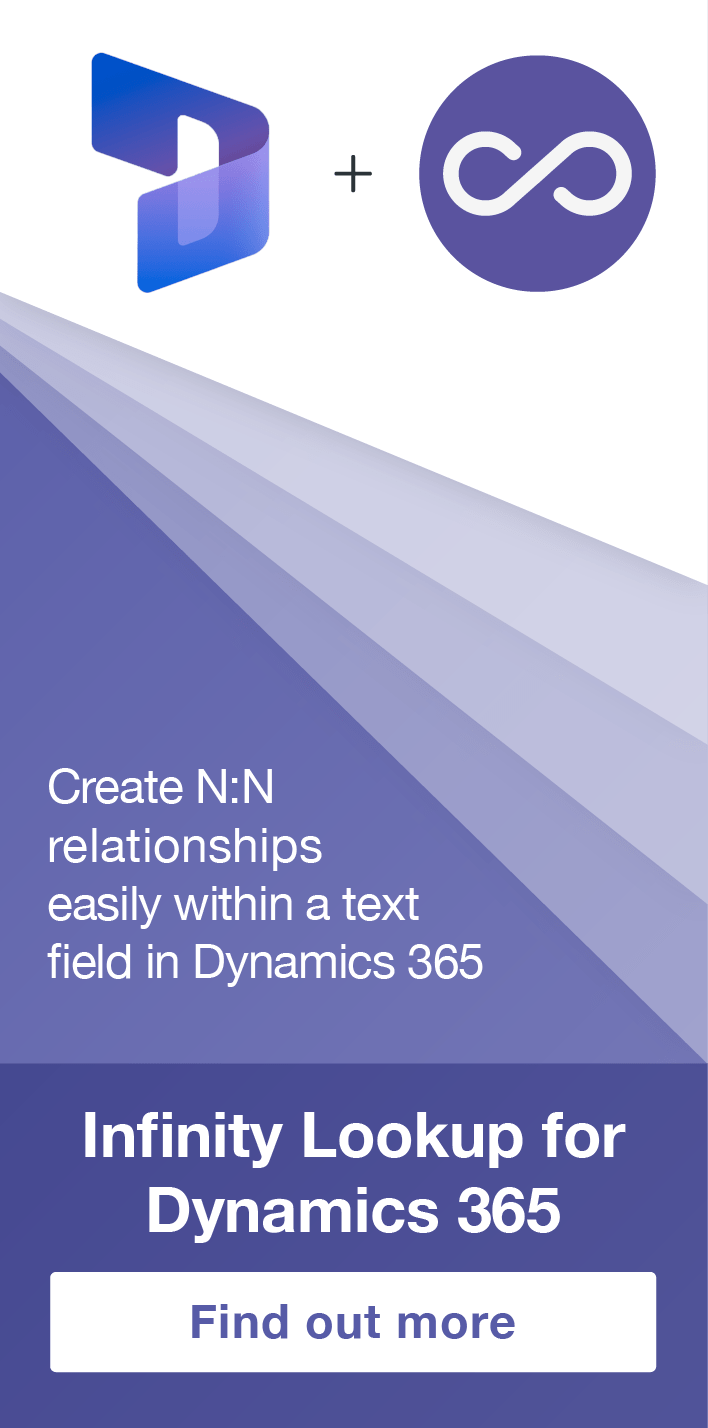KPIs, Forecasting and Dashboard ideas for Sales Managers using Microsoft CRM
Richard Penny, 13 January 2013
The team at Click dimensions recently posted this article on how sales managers can use Microsoft CRM to create dashboards and manage a sales pipeline. In this example they are using a SaaS business model but the principles are the same no matter what your model is.
KPIs, Forecasting and Dashboard ideas for Sales Managers using Microsoft CRM
If you are a sales manager using Microsoft CRM, you can set up dashboards to quickly view key performance indicators (KPIs) at a glance. This blog post will cover the general idea of how we have set up our dashboards to manage our software-as-a-service (SaaS) revenue stream. Since our sales metrics come mainly from CRM's opportunity records, we will start be reviewing the fields we capture on our opportunity records. The screen shot below shows an example opportunity record…
.png)
The key fields we are capturing on the opportunity record are:
• Estimated revenue
• This is the conservative revenue amount for the opportunity
• Estimated close date
• Since our sales team is compensated on monthly revenue, we always use the last day of the month in which we are projecting the opportunity to close. And, if we're not really sure the deal will close in the current month, we refer to our rule of conservative forecasting; 'when in doubt, push it out'.
• Probability
• The percent chance we believe the opportunity has to close. For simplicity, we use standard values of 25%, 50%, 75% and 100% in lieu of using sales stages. Sales stages are right for some businesses but the combination of close date and probability is just right for us
• Opportunity type
• Since we are a SaaS business we want to separate our revenue into new customer deals and renewals from customers that have been on board for more than 12 months. This is because, after the initial 12 months, customers are transitioned from a new business sales person to a relationship manager
• Weighted revenue
• This is a custom field containing the estimated revenue multiplied by the probability. We use a CRM workflow to automatically calculate weighted revenue.
• Actual revenue
• This is entered by our finance director when he closes an opportunity record. We make opportunity closing a process for the finance team so we can ensure that the amounts are correct for our dashboards and commission tracking
• Annualized revenue
• We won't address that in this post but it allows us to look at the value of opportunities when you have a mix between annual, quarterly and monthly contracts
Now let's talk about pipeline. By pipeline we are referring to the total and weighted opportunity revenue amounts by sales rep, month and opportunity type (i.e. new business vs. renewal business). This is critically important! Here we are referring to opportunities in the open state. As you can see below, we have our dashboard set up to look at this by opportunity type. You must be able to see that you are adding new future deals into your pipeline as you close deals. Tracking your pipeline on a weekly basis will let you know whether you are replenishing the pipeline as you close deals. This can give you tremendous insight into which of your marketing initiatives are working and when you need to turn up the marketing spend.
.png)
What is shown above is simply a chart of weighted revenue next to a chart of estimated revenue with both charts being grouped by our opportunity type field. Along the same lines, we can add the same charts, but grouped by sales rep and month, to our dashboard…
.png)
Since we forecast by month, we have a dashboard that shows what we have closed to date and what else we expect to close for the current month (below). Notice that you can look at the dashboard below and see the totals on the left and also see the amounts by rep on the right (the part that is cut off). With this one view, a sales manager can know where things stand and can see where each rep is contributing. Couple this with the overall view of the pipeline and you will have a great snapshot of your revenue streams anytime you need it. Have fun!
.png)
For the original article and more great content from the Click Dimensions team please click here.

